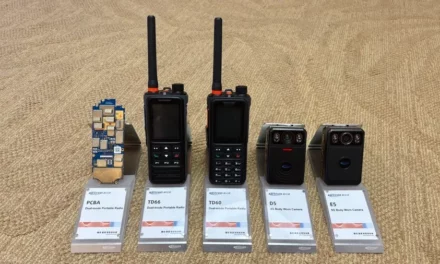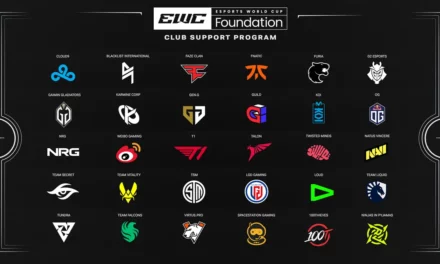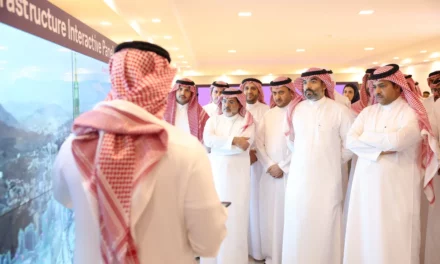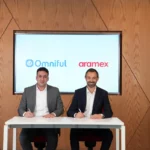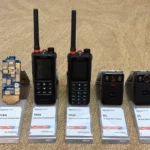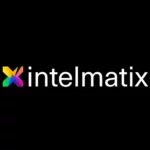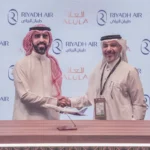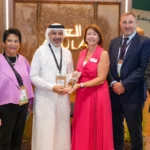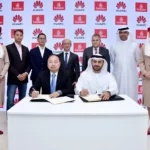
Long-term thinking is required to support 5G evolution
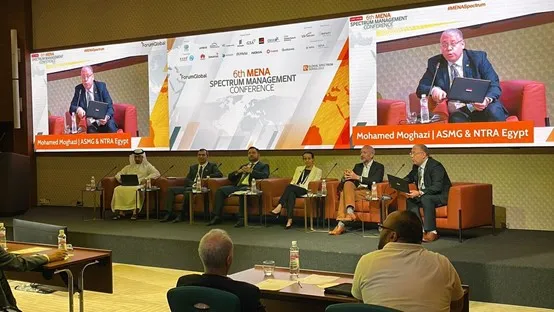
While digitization has accelerated at an unprecedented rate in the past decade, the future holds even greater promise. 5G, in particular, will unleash a world of digital everything, changing how we work, travel, entertain ourselves and communicate. However, this progress will depend on clear and forward-thinking regulatory policies that support and enable the ICT ecosystem’s growth. Such decisions will be vital to boosting the contribution of mobile technologies and services, which contributed 5.4% of GDP in MENA to the Middle East & North Africa’s (MENA) economy in 2021, according to a GSMA report.
With the rapid growth of the demand for bandwidth due to the surge of new services, spectrum management will be critical to ensuring consistent, affordable, and equitable connectivity. Speaking at the recently concluded 6th MENA Spectrum Management Conference in Tunisia, Jinane Karam, Senior Manager for Government Affairs at Qualcomm, said access to the 5G spectrum in the low-mid-and high band is essential to avail the benefits of 5G and deliver innovative new services and applications.
The regional conference discussed the future of the 6GHz band in the Arab region. It also explored the outlook for development regarding the use of the C-band and how emerging technologies meet the needs of existing users. Participants also had an opportunity to explore the path beyond 5G and how spectrum can power the next generation of wireless connectivity. Participants agreed reaching a consensus on spectrum management is key to addressing these demands.
The Arab ICT community will then meet the rest of their global peers to try to reach such an agreement during the World Radiocommunication Conference 2023 (WRC-23) next year. During the WRC-19 conference three years ago, ITU members agreed to establish an agenda item to study 6GHz targeting IMT identification of 6425-7125 MHz in WRC-23 in 2023. Among other objectives, the summit should also forge a binding compromise for spectrum and help resolve licensed/unlicensed band ambiguities among the different countries. China, for instance, has announced it will issue the entire 1200MHz in the 6GHz band for 5G. Europe has split the band, with the upper part 6425-7125 MHz studied for IMT under WRC23 Agenda item 1.2, while the lower 500MHz tranche 5925-6425Mhz is made available for WiFi. Africa and parts of the Middle East are following a similar approach.
Allocating the entire 6GHz band to 5G is the most favored by experts who see it as the key to nurturing a thriving 5G sector. While WiFi is an essential component of the digital economy, its needs can be accommodated within existing 2.4GHz and 5GHz unlicensed bands. If more capacity is needed for wireless, users can utilize unlicensed high-band spectrum of up to 9GHz between 57-66GHz (60GHz). This mmWave band is adapted for RLAN applications and is available in most countries to deliver home Gigabit WiFi connectivity for high-bandwidth use cases.
Equally important, 6GHz can accommodate growth in the long-term as 5G evolves. Such capability will bring massive opportunities for regional economies. Research shows that mid-band 5G (3.5GHz – 6GHz) could deliver $610 billion in GDP growth in 2030 (63.5% of the total 5G benefit).
It is recommended that regulators take a balanced approach to distributing the 6GHz band. Speaking at the conference, Asmae Lachhab, Senior Marketing and Solution Manager Huawei Northern Africa urged MENA governments to implement favorable industry and spectrum policies to facilitate the evolution of 5G in the region. The first step in that direction is supporting IMT identification, allowing regulators to take the proper steps after WRC-23, depending on their specific situation.
MENA countries are at a significant advantage in the race to define the digital economy. 5G is critical in this endeavor and billions of dollars in new value rest on crucial choices in the following months and years. The spectrum allocation process is such one decision. As in the past, working with the broader ecosystem within international bodies promises a bright future for the industry.




